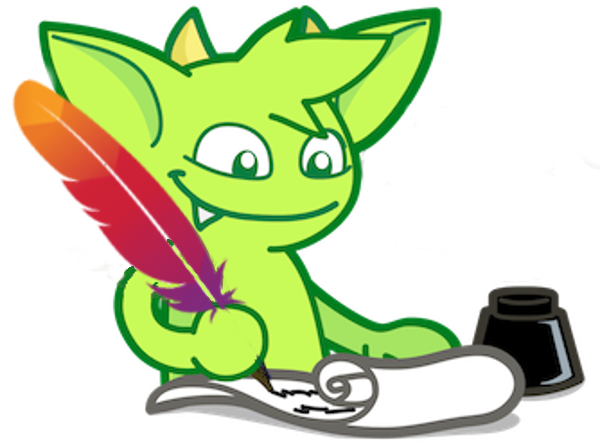Property Graph Model
jbmusso edited this page Jul 12, 2016
·
31 revisions

Attention: this Wiki hosts an outdated version of the TinkerPop framework and Gremlin language documentation.
Please visit the Apache TinkerPop website and latest documentation.

Blueprints provides a set of interfaces for the property graph data model. An example instance is diagrammed above. In order to make a data management system “Blueprints-enabled,” the Blueprints interfaces must be implemented. However, note that there are various Graph interfaces, each with different types of functionality. For example, if an application only needs a Graph, then a TransactionalGraph implementation is not required of the underlying graph.
The following diagram identifies the names of the different components of a Graph. In general, these are the basic components of a property graph.
-
Graph: An object that contains vertices and edges.
-
Element: An object that can have any number of key/value pairs associated with it (i.e. properties)
- Vertex: An object that has incoming and outgoing edges.
- Edge: An object that has a tail and head vertex.
-
Element: An object that can have any number of key/value pairs associated with it (i.e. properties)

A property graph has these elements:
- a set of vertices
- each vertex has a unique identifier.
- each vertex has a set of outgoing edges.
- each vertex has a set of incoming edges.
- each vertex has a collection of properties defined by a map from key to value.
- a set of edges
- each edge has a unique identifier.
- each edge has an outgoing tail vertex.
- each edge has an incoming head vertex.
- each edge has a label that denotes the type of relationship between its two vertices.
- each edge has a collection of properties defined by a map from key to value.